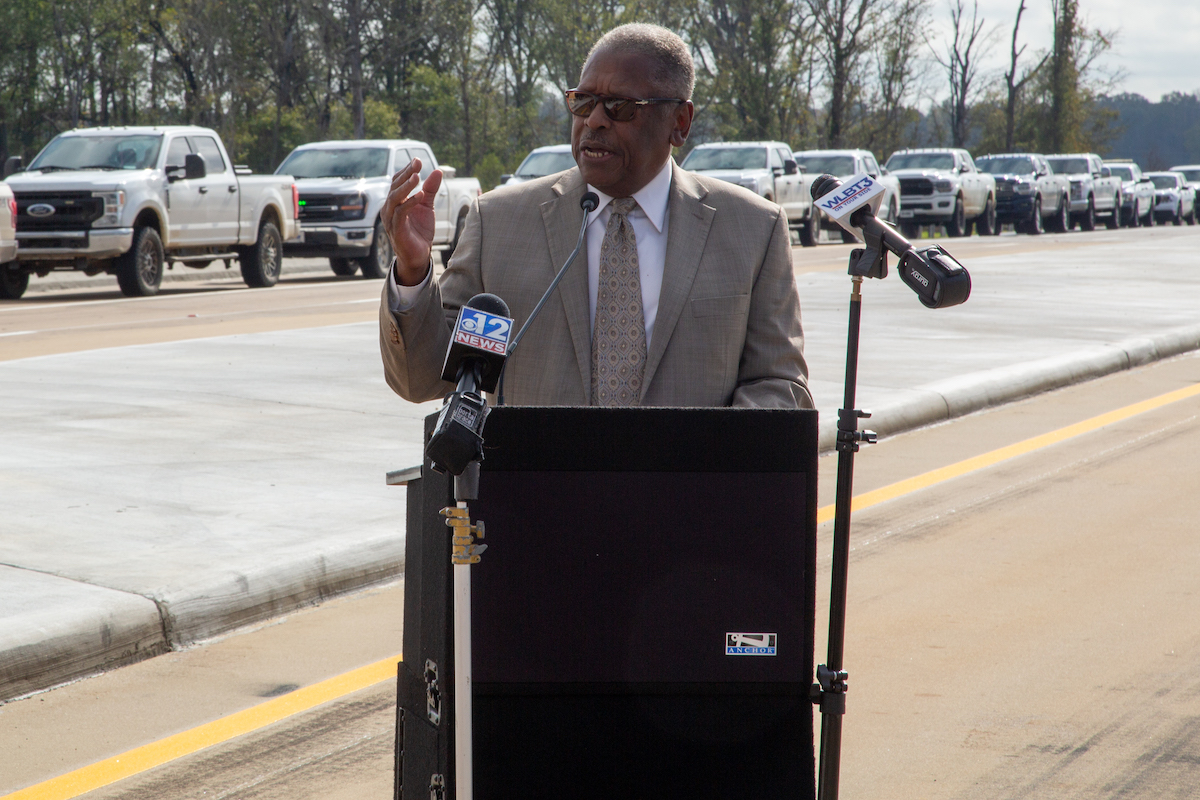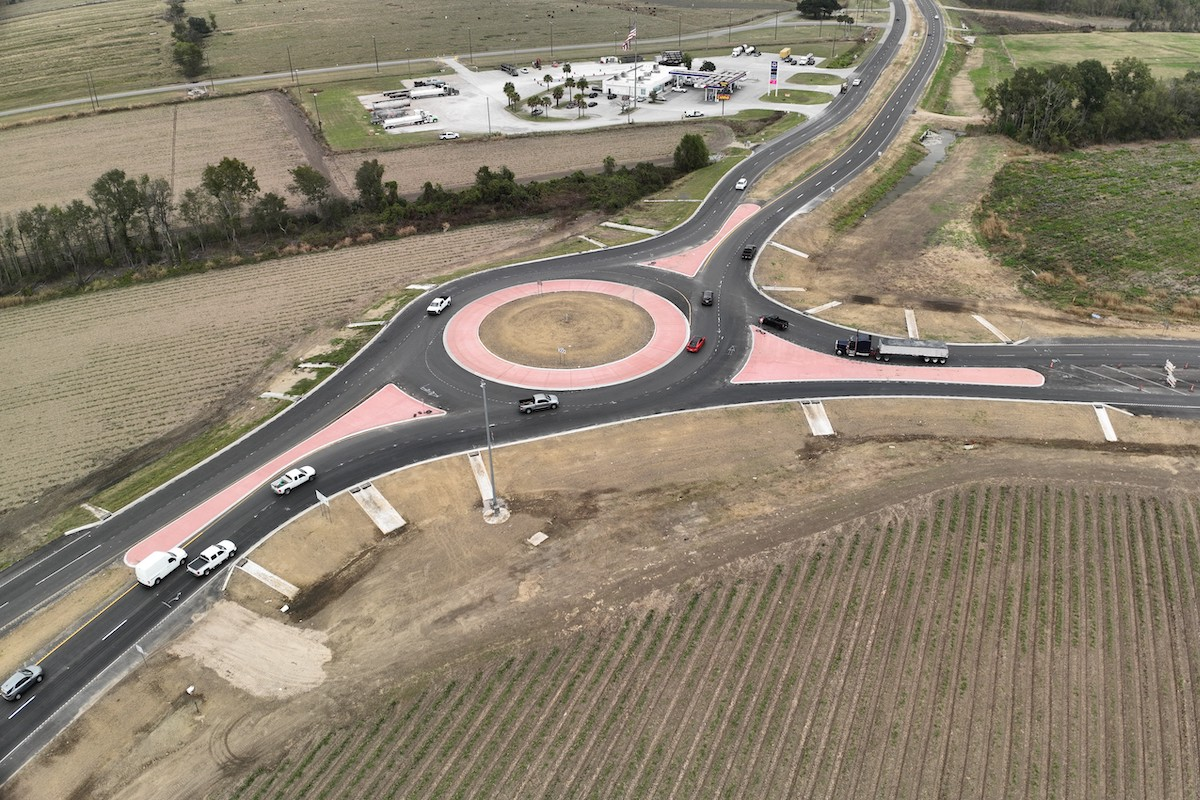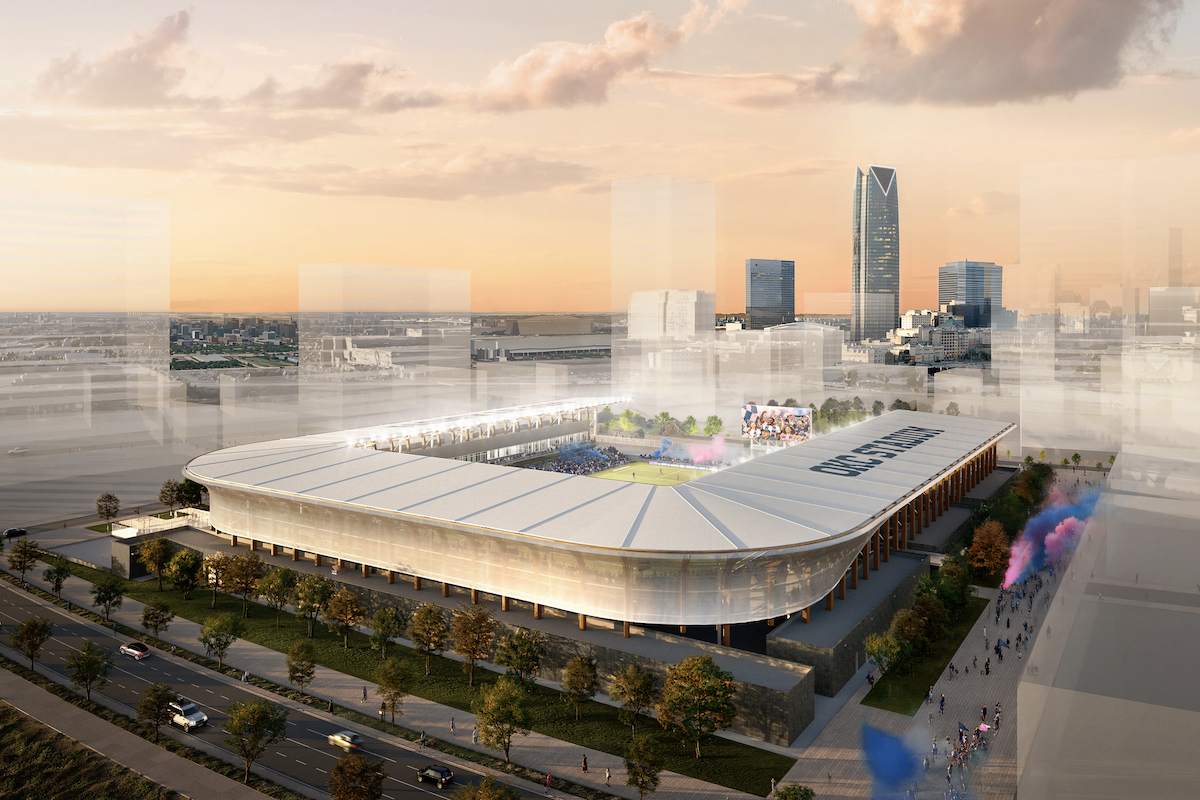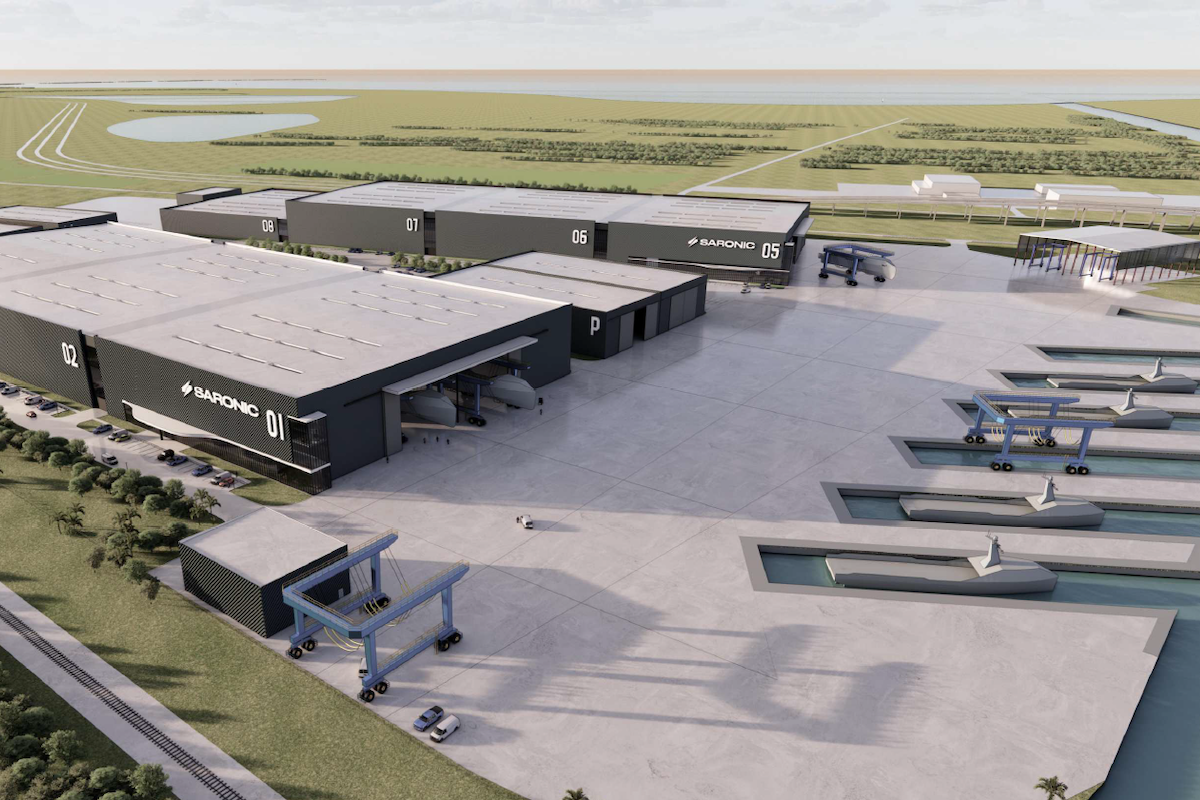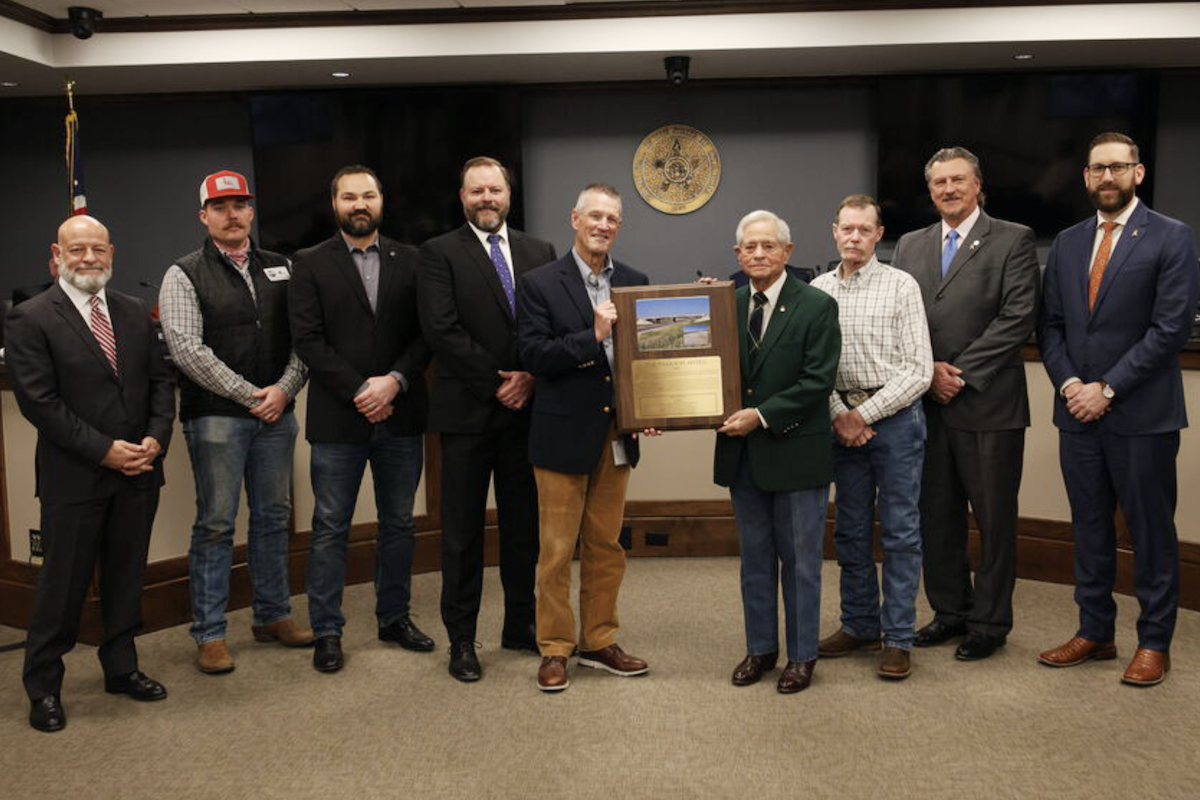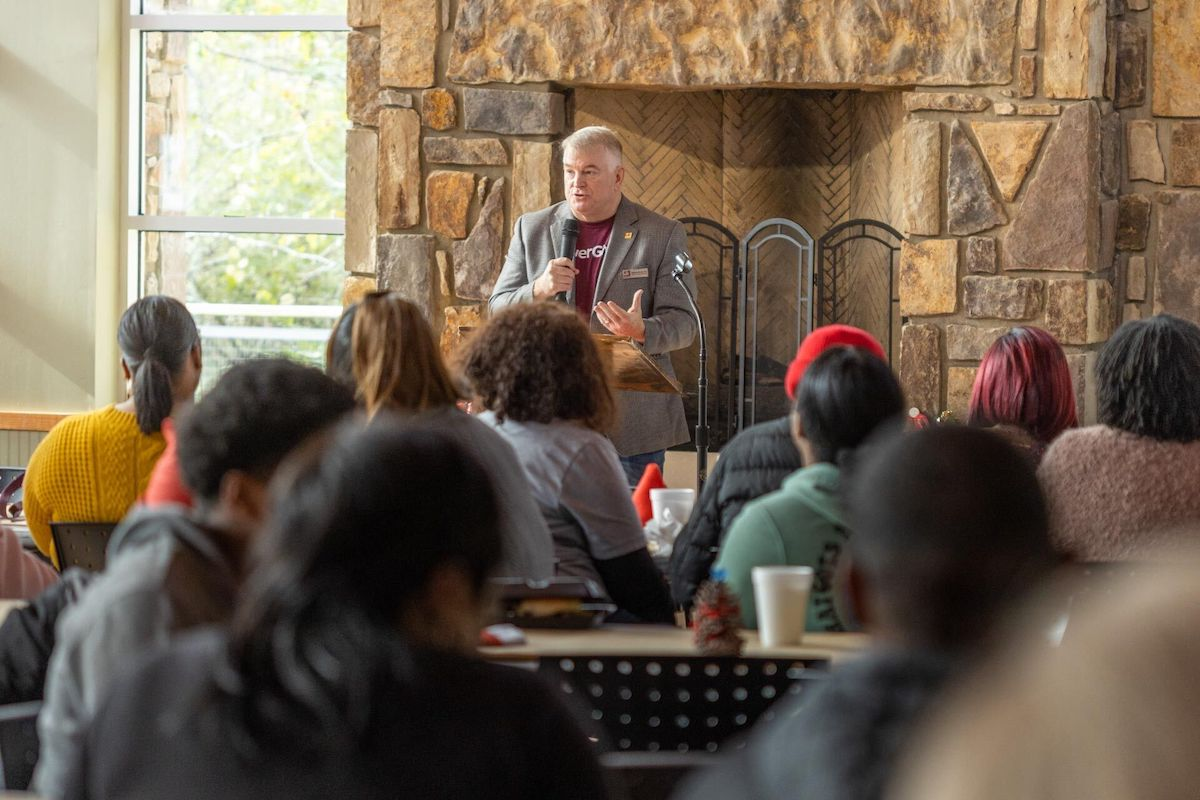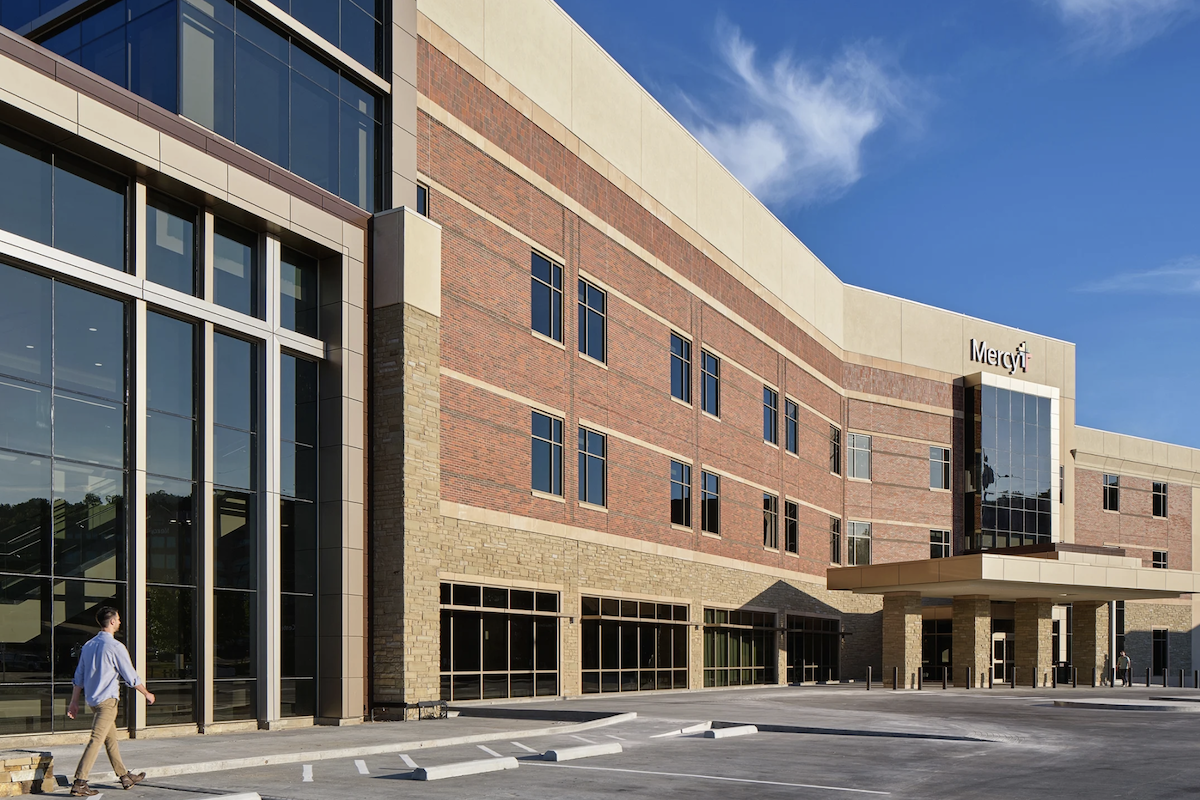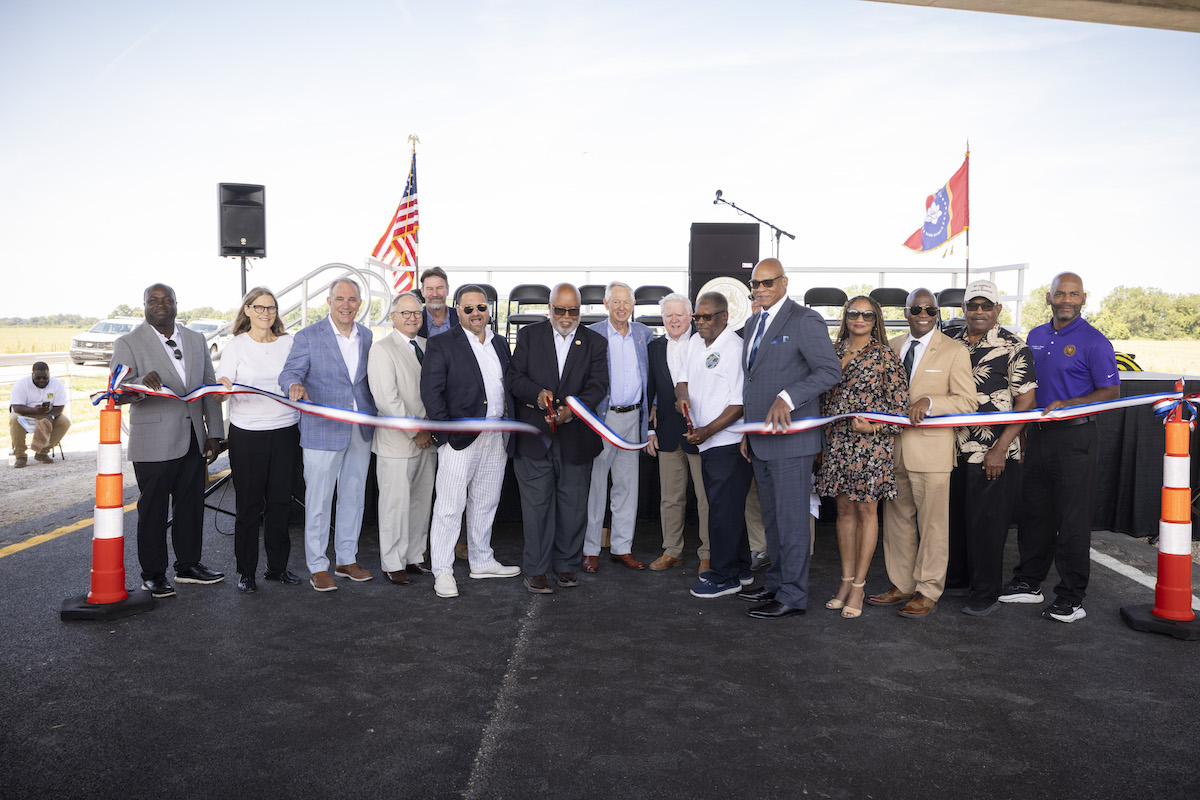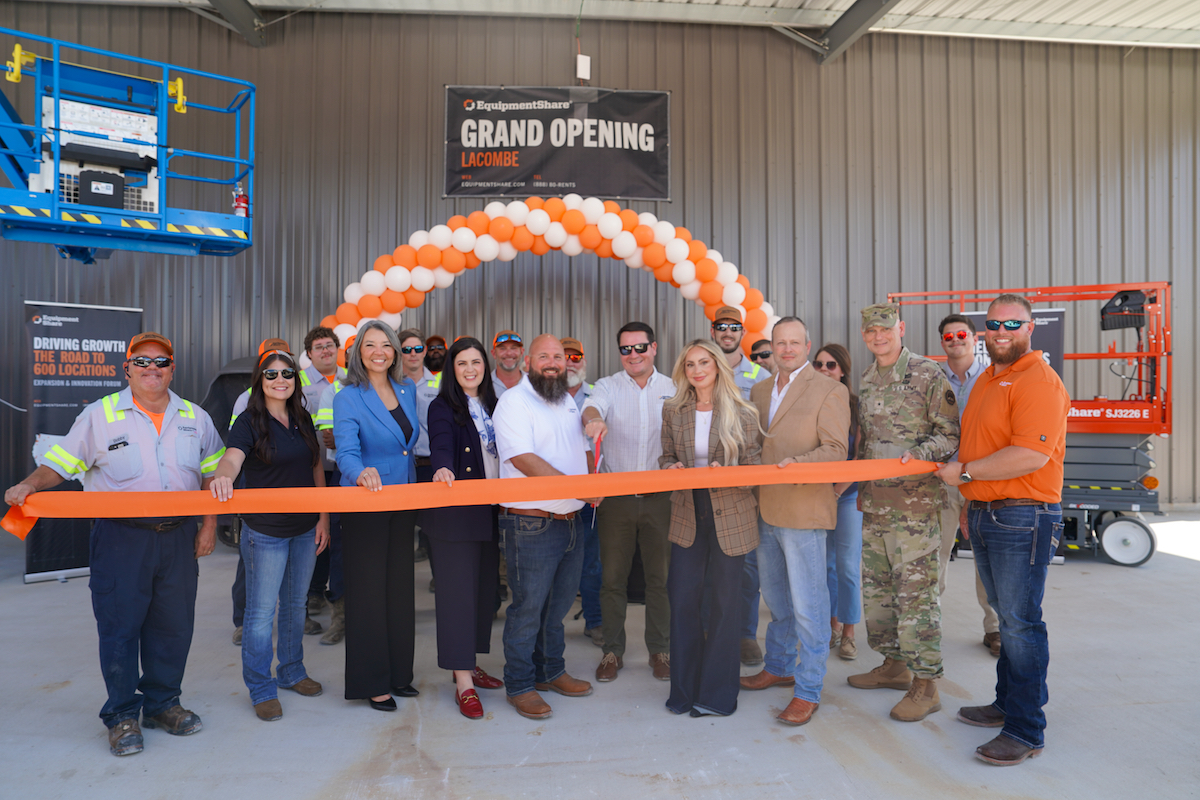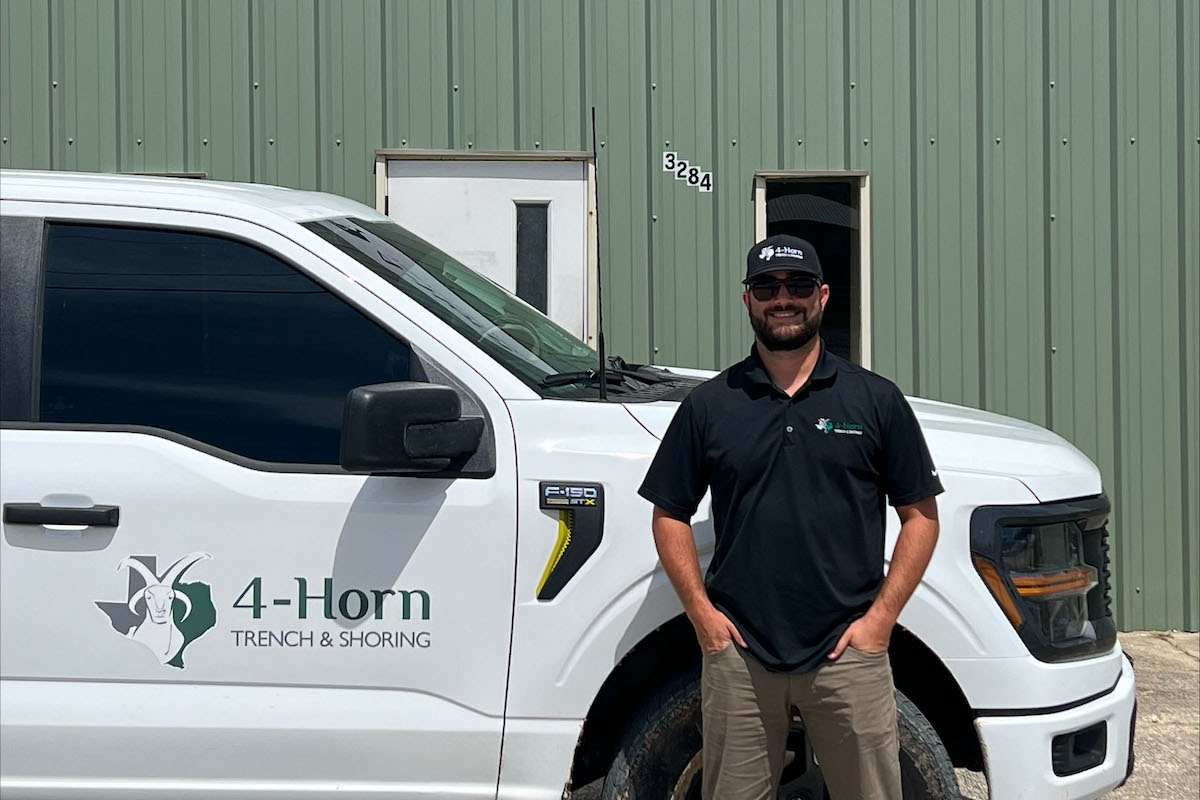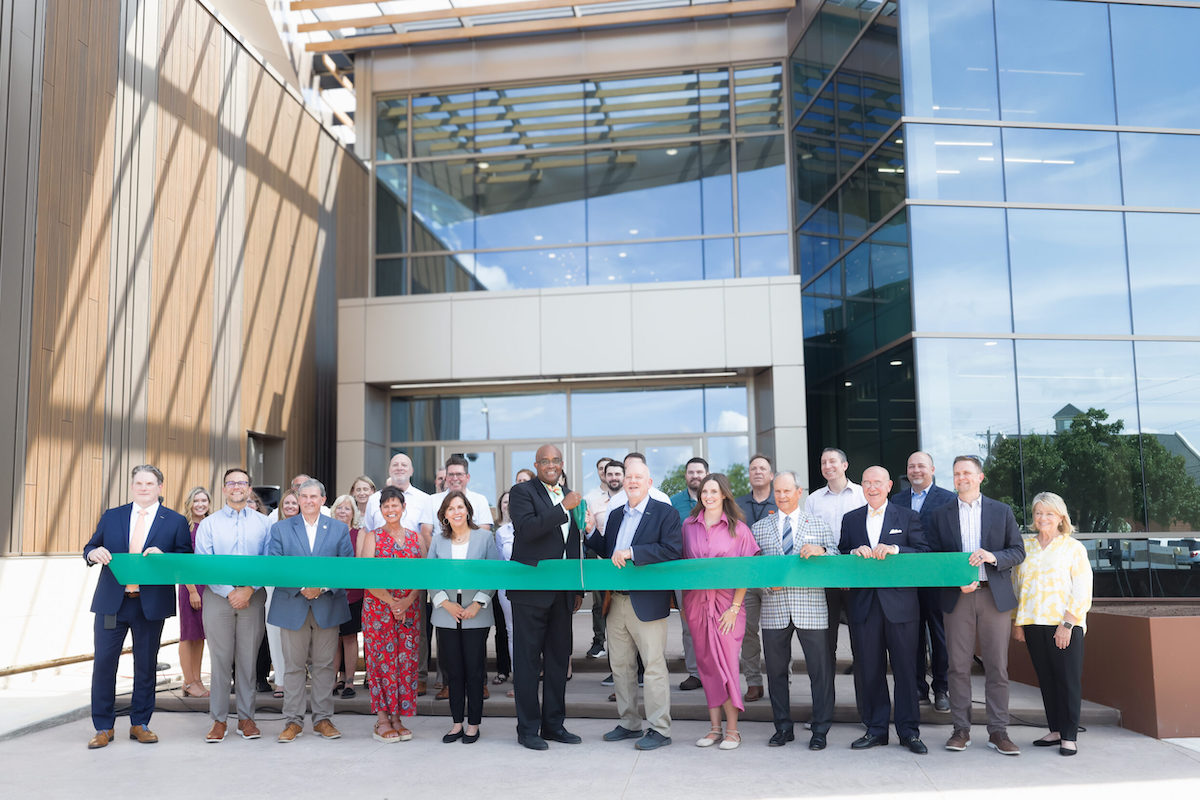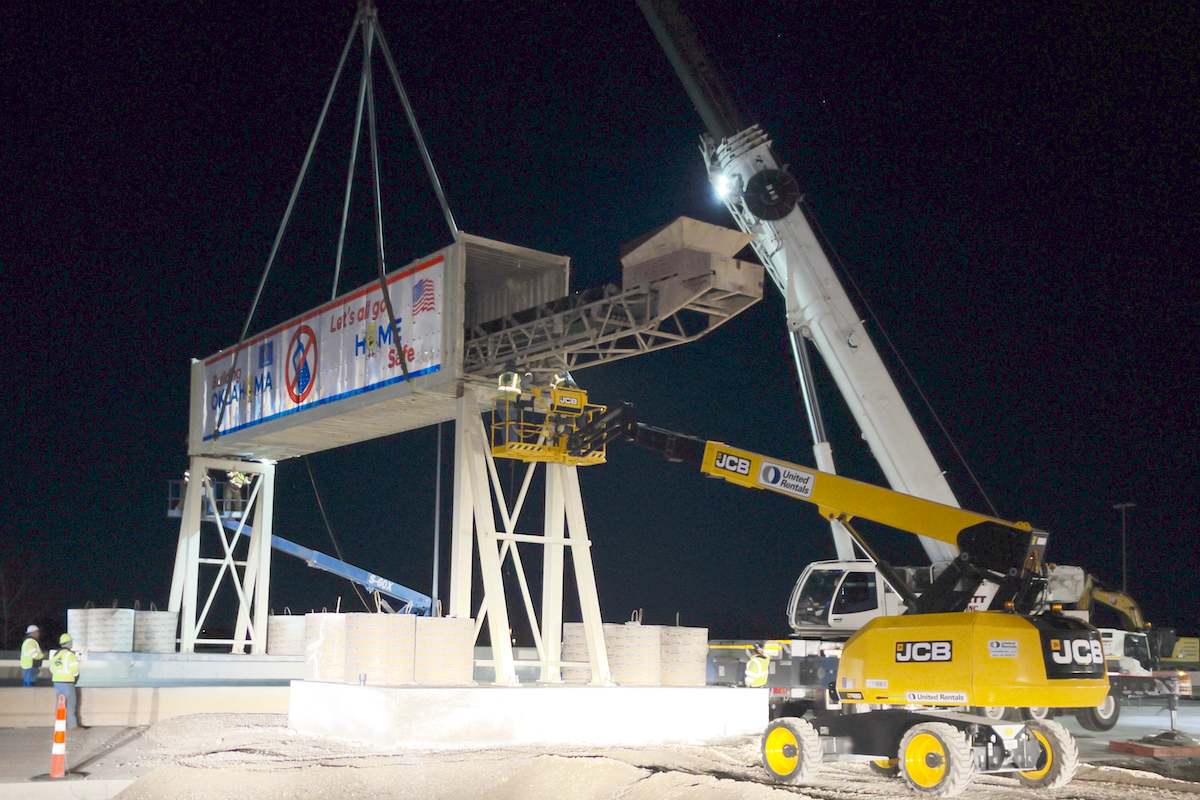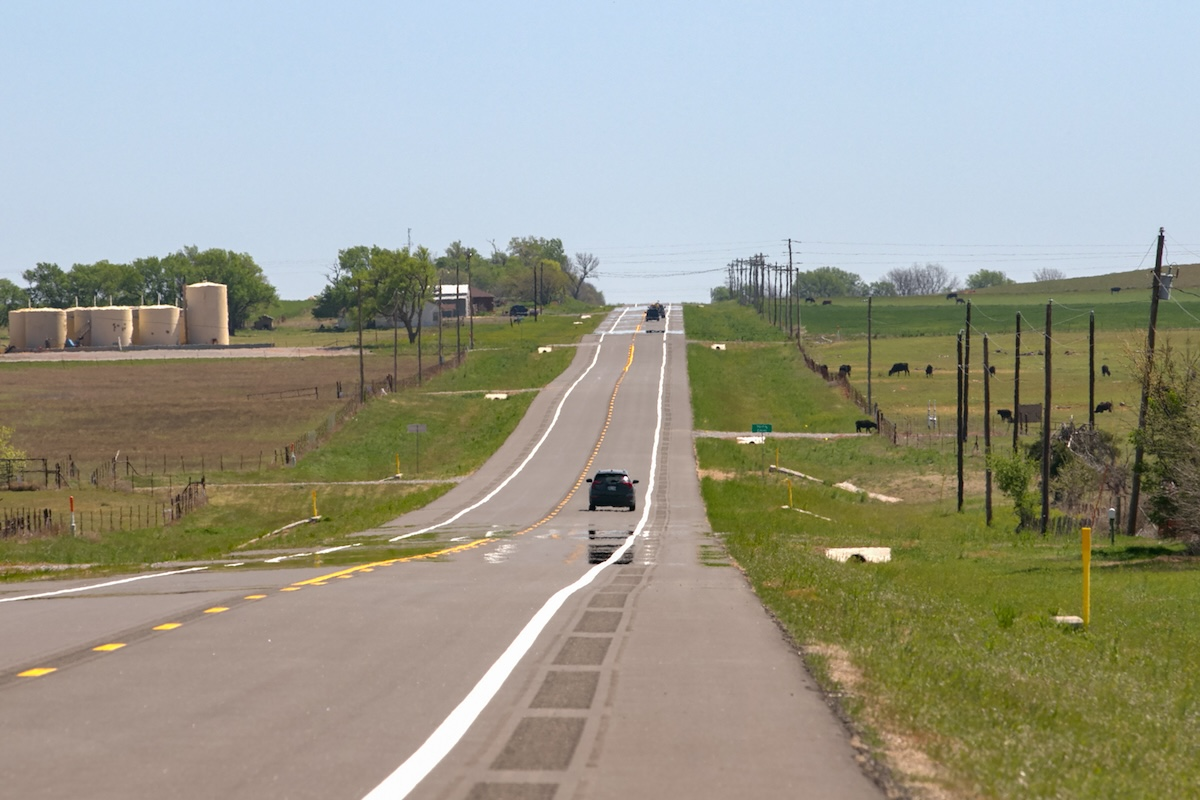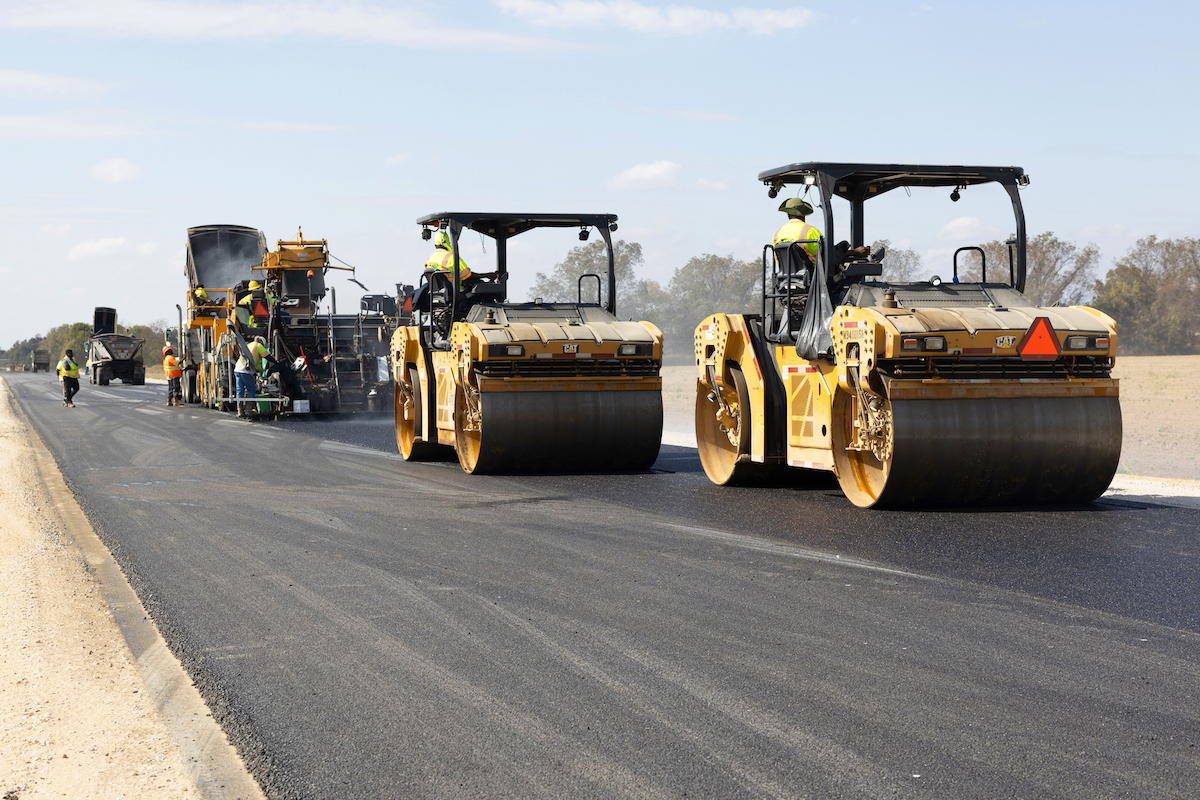“The main purpose is to improve overall traffic capacity and reduce congestion,” says Sean Race, Project Manager with the Wisconsin Department of Transportation (WisDOT). “This is one of the most heavily traveled pieces of interstate in the state of Wisconsin.”
Approximately 144,000 vehicles travel on this section of I-41 daily, with about 12 percent of it truck traffic. The road has several steep curves, creating challenges for construction staging.
The department commenced a Zoo Interchange Corridor Study in 2007. The majority of the Zoo Interchange was built between 2013 and 2018. Work on this project began in early 2021 and is anticipated to be complete by fall of 2023.
“The most interesting thing about this project is that railroad bridge,” Race says.

| Your local Case Construction Equipment Inc dealer |
|---|
| ASCO Equipment |
Because the rail track in the area is straight, WisDOT engineers were not able to design an off-alignment bridge. The temporary bridge – called a shoo-fly – will carry train traffic for about 10 months as the structural-steel, 12-foot-tall, through-plate girder permanent bridge is constructed in the current alignment. That permanent structure will have a drilled-shaft foundation terminated in bedrock, about 60 feet deep, interconnected floor beams with a welded deck plate on top. Once complete, the shoofly will be taken down. Design was completed internally by WisDOT, with consultant support.
“This is a challenging job,” says Tony Straseske, Senior Project Manager of Michels Highway. “There is so much to it, and it’s very complex.”
Michels crews work long hours and Saturdays to meet the schedule.
During the first year, crews focused on prep work and utility relocations. They began with removing the old city utility piping. They installed the new water main, then the sanitary sewer and laterals for each home, followed by the storm sewer. They then built new driveways and sidewalks and laid sod.
“We’re working in people’s front yards,” Straseske says. “They get cut off from their driveways, and their yards were torn up all summer.”

| Your local Hitachi dealer |
|---|
| CLM Equipment Co |
Once utilities were complete, Michels started building soldier-pile retaining walls to define the outside width of the freeway on the east and west sides. That entailed drilling a hole in the ground, placing steel I-beams and filling the holes with concrete. Then crews excavated the freeway side, placed timber lagging to hold back the soil, installed tie-back anchor cables through the steel beams, extending under the roadway toward the homes, and pumped cement into the hole.
“As that cures, we tension the cable, and it pre-stresses the face of the wall to retain the 20 feet of soil behind it,” Straseske says. “Then concrete faces are cast on the front sides of these walls creating an aesthetically pleasing façade.”
The work required building new local roads: 112 and 113 streets.
Crews also constructed the temporary railroad bridge in 2021, about 40 feet to the west of the existing railroad bridge, and over the interstate.
“It’s a lot of work for something that’s not going to be there even a year,” Straseske says. “This was the better and safer option to maintain train traffic.”

| Your local Komatsu America Corp dealer |
|---|
| WPI |
| Kirby-Smith Machinery |
The rail bridges have two tracks, with frequent train traffic, about one dozen trains coming through daily. A subcontractor is building the track. Union Pacific will sever the existing line and connect the track to the new temporary bridge.
Subcontractor Hoffman Construction, of Black River Falls Wisconsin, is handling earthwork required for the project using automated machine guidance grading with GPS on its dozers. Lunda Construction of Black River Falls, is utilizing multiple skilled crews, delivering the bridge and structural-steel construction elements of the project.
“We have great partners out there,” Straseske said. “Without them, we could not make this project happen.”
Straseske also praised the “great team of Michels professionals working to deliver the project for the people of Wisconsin.”
Michels is maintaining two or three lanes of traffic on the interstate. The lane width decreased to 11 feet. Three critical sections have brought the lanes down to two: the north abutment, pier one of the temporary bridge and the center pier of the permanent railroad bridge. All occur within 10 feet of live traffic. The work includes excavation with heavy machinery.

| Your local Yanmar dealer |
|---|
| CLM Equipment Co |
| WPI |
“It’s worked out well,” Race says. “The contractor has used relatively short-term I-41 lane reductions allowed in the contract to complete key components of work related to the temporary railroad structure. The need for the lane reductions was identified during the design process and included in the contract to provide enough space for substructure construction adjacent to live traffic. The contractor has optimized the use of the lane reductions to complete the work safely and on time. Outside of the short-term lane reductions, the project has maintained three lanes in each direction on I-41.”
Moving forward, full weekend closures of I-44 will be needed for demolishing the current railroad bridge, setting girders for the permanent bridge and demolishing the temporary railroad bridge.
At Underwood Creek, the team has had to protect the water and all areas previously restored by the U.S. Army Corps of Engineers. The department is coordinating with the Corps.
Extensive coordination was also needed with Union Pacific. Railroad personnel observe progress daily and review all submittals.
“It’s like having a second client on the contract,” Straseske says. “There’s the DOT, our normal client, and the added caveat of Union Pacific.”

| Your local NPK Construction Equipment Inc dealer |
|---|
| WPI |
Despite all of the challenges on the massive project, it remains on time and budget.
“The project is going well,” Straseske says. “We have made good headway. But there is a lot of work that has yet to happen.”
Photos courtesy of the Wisconsin Department of Transportation


















